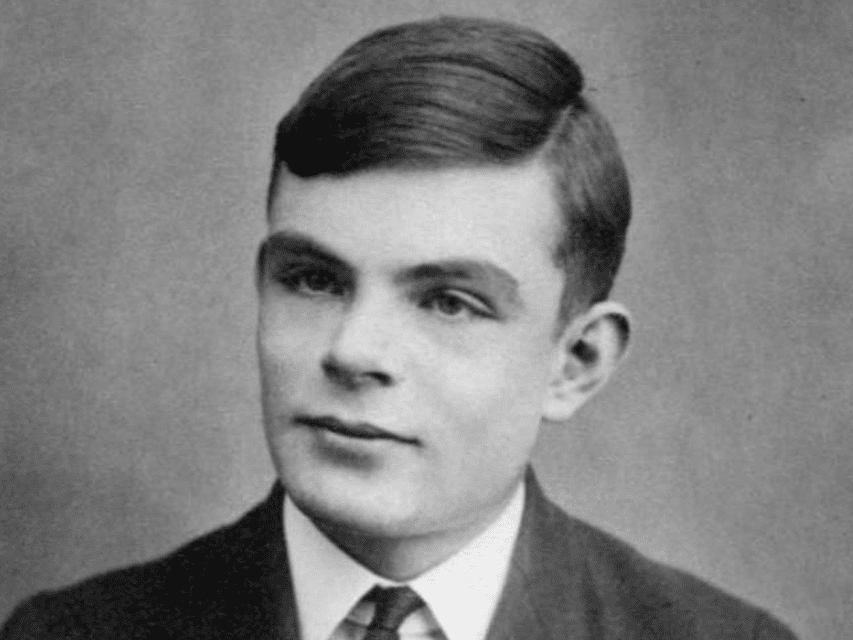
Pioneering British computer scientist and mathematician Alan Turing is widely regarded as one of the most innovative thinkers of the 20th century. In 1936, Turing's seminal paper "On Computable Numbers" established the theoretical foundations of computer science, while producing insights into what later became known as “artificial intelligence.”
As one of the most influential code breakers of World War II, his cryptology yielded intelligence believed to have hastened the Allied victory over Nazi Germany. After the war, Turing continued to develop his ideas about computer science, eventually designing the Automatic Computing Engine, one of the first designs for a stored-program computer. He also detailed a procedure, later known as the Turing Test, to determine whether a machine could imitate human conversation. Turing, an openly gay man when homosexual acts were still illegal in the U.K., was convicted of "gross indecency" in 1952. He died two years later from what was believed to be suicide. In 2013, the British government granted Turing a posthumous pardon, and now upholds an amnesty law informally known as the Alan Turing law.
Educated in England for much of his life, Turing traveled to America in order to further his studies at Princeton University in 1936. During his time there, he developed the notion of a "universal computing machine" which would become known as the Turing Machine, thus foreshadowing the digital computer. During his first year as a graduate student, Princeton was so impressed with the quality of his work that they awarded him a prestigious Proctor Fellowship, which covered his costs of tuition, housing, and meals, as well as an additional $1,300. His doctoral dissertation, “Systems of Logic Based on Ordinals,” dealt with the undecidability of transfinite sequences of certain formal systems. In 1938, just two years after arriving on Princeton’s campus, Turing received his Doctor of Philosophy degree in mathematics.
Throughout the years, Turing's reputation has only increased at his alma mater, culminating in 2008 when he was voted as the second most influential Princetonian in the school's long history, behind only James Madison, the school's first graduate student and former U.S. President. A year before this, a 1.5-ton, life-size statue of Turing was unveiled by university leaders. Likewise, as a testament to the visionary mathematician’s sway at Princeton, in 2012 the school hosted a three-day celebration in honor of Turing's first birthday 100 years ago. More recently, Turing's commissioned portrait was unveiled at Princeton during a campus ceremony in 2019. Displayed in the Lewis Library atrium now, Turing's portrait serves as a visible expression of his numerous contributions to the university, to computer science, and to the world.
